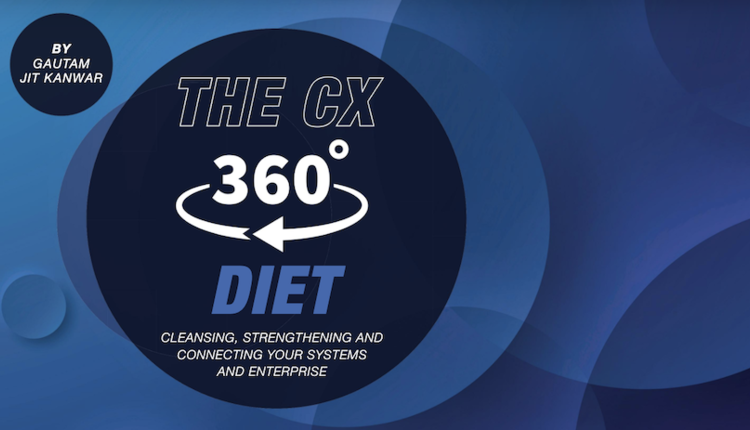
Companies often underestimate the value of QA testing and may not invest in this additional step due to time or the additional labor it entails. However, QA testing has been proven to be a valuable and necessary component in the document creation process because it offers businesses an extra layer of protection from costly, catastrophic errors when changes are made under the pressure of quick turnarounds.
If it doesn’t appear broken, break it
QA testing is the planned process that is used to identify bugs, incomplete logic in code and security issues, as well as to elevate the quality of the product being produced. A QA testing team starts with the same requirements and specifications with which the development teams work, but the focus changes to finding any weak points, vague or unmet requirements and failures in business logic.
Let’s take an insurance policy, for example. If an unexpected change is made on one page, it could affect the formatting on a subsequent page. The system the QA team creates for this application will test the document for several types of details like this that may result in errors on the document. QA teams also initiate activities like inserting incorrect data into the production stream to make certain any errors in data will be immediately rejected. QA testing will also verify if the legal wording shows correctly for residents of each state. After all possible failures are considered and the corresponding sample/test data is generated, a mixture of automated and manual processes are implemented to create a pass/fail report for every change request or new build of the CCM document application.
Proper QA testing involves actively looking for and identifying any bugs and errors in your system overall in addition to the unit/block level focus of development teams. Failures can then be recorded and corrected. Testing is an exercise that assures the CCM solution you are deploying is operating as intended and delivering the expected results.
Putting document testing on top of development efforts
While your development team’s efforts are focused on a positive outcome, a QA team is focused, by definition, on a systematic evaluation of the various aspects of the project to ensure that all standards of quality are being met. Taking it a step beyond the PDF proof, the QA team will look at the final output from a customer’s perspective, making sure that integration with downstream processes like billing, archiving, postal processes and more are all operating correctly. Additional benefits of providing another independent layer of verification on top of development include the reduction of risk to avoid penalties and the cost savings of proactively preventing reruns and corrections.
One option that is available to businesses short on resources who want to ensure a smooth and disaster-free production environment is to enlist a third-party provider that specializes in document composition and QA testing. This provider can bring outside technical knowledge and experience to your organization and can be used on an as-needed basis, helping to minimize costs. Simply put, it is the quality of your development team that will determine whether a bad code is prevented from going into production—and unfortunately not all development teams are created equal.
In choosing the right QA team to back up the development team, the most important qualification is the depth of experience in your application processes. The banking, insurance and healthcare industries have different requirements when it comes to document standards with respect to functionality, design and customer expectations. A qualified QA team will have a deep understanding of the types of errors that are typically encountered in your industry, so it can proactively take into consideration every document condition, allowing for the desired results to be fulfilled.
Measure twice
Attention to quality assurance is a vital exercise for the success of your CCM initiatives. It ensures that standards and procedures have been implemented appropriately and it significantly reduces the risk of any problems or errors in the final communication. The adage, “measure twice, cut once” is meant to be a reminder to take the extra step to avoid wasting time and correcting costly errors. It is a concept that justifies taking the extra step of QA testing in the development process to ensure every customer communication you send is accurate and that your organization is providing the best possible experience to your customers.
Gautam Jit Kanwar is president of BelWo Inc., a global managed services provider specializing in customer communications management (CCM) delivery solutions that help companies meet strategic CCM goals, add value to every customer communication, reduce costs and significantly improve the workflows of mission critical CCM processes.









